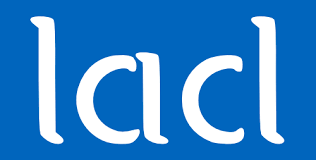June 24, 2019
Shinnosuke Seki (UEC Tokyo / ENS-Lyon)RNA is a chain of ribonucleotides of four kinds (denoted respectively by
the letters A, C, G, U). While being synthesized sequentially from its
template DNA (transcription), it folds upon itself into intricate
higher-dimensional structures in such a way that the free energy is
minimized, that is, the more hydrogen bonds between ribonucletoides or
larger entropy a structure has, the more likely it is chosen, and
furthermore the minimization is done locally. This phenomenon is called
cotranscriptional folding (CF). It has turned out to play significant
roles in in-vivo computation throughout experiments and recently proven
even programmable artificially so as to self-assemble a specific RNA
rectangular tile structure in vitro. The next step is to program a
computation onto DNA in such a way that the computation can be called
by cotranscriptional folding. In this novel paradigm of computation,
what programmers could do is only twofold: designing a template DNA and
setting environmental parameters. Oritatami is an introductory “toy”
model to this paradigm of computation. In this model, programmers are
also allowed to employ an arbitrarily large finite alphabet as well as
an arbitrarily complex rule set for binding over. We shall present known
architectures of computing in the oritatami model from a simple
half-adder to Turing machine along with several programming techniques
of use, with hope that they will inspire in-vivo architectures of
CF-driven self-assemblable computers, which could be even heritable.
